Pressure Measurement, Utility
Leak Testing with Pressure Transducers: Updated for Today’s Demands
Ensuring Product Integrity, One Leak Test at a Time
Leak testing remains a critical quality control step across industries—from automotive to aerospace to medical devices. The traditional method of pressurizing a component and observing pressure drop over time works well for large leaks, but modern production demands faster, more sensitive methods—especially for detecting slow, subtle leaks.
In this updated guide, we walk through:
- The basics of leak testing using air
- How Boyle’s Law applies
- The difference between simple pressure decay vs. differential pressure methods
- How modern sensors drastically reduce test time
The Basics: Pressure Decay Leak Testing
Imagine a part with an internal volume of 10 cubic inches, tested at 15 psig. You need to ensure that any leak is no greater than 0.005 in³/min. To understand how long it would take to detect such a small leak, we turn to Boyle’s Law:
P₁ × V₁ = P₂ × V₂
Let’s break it down:
Step 1: Calculate starting air volume
Convert pressure to absolute (psia):
- P₁ = 14.7 psia,
- P₂ = 14.7 + 15 = 29.7 psia
- V₂ = 10 in³
Solving for V₁:
V₁ = (P₂ × V₂) / P₁ = (29.7 × 10) / 14.7 ≈ 20.20 in³
That’s how much air the pressurized part holds.
Step 2: How much air must leak to register?
Assume a pressure transducer with 0.25% accuracy on a 15 psig range → error = ±0.0375 psi
To be confident the drop isn’t just noise, a good rule is 5× accuracy = 0.2 psi
Now, use Boyle’s Law again to calculate the volume change needed to drop from 29.7 psia to 29.5 psia:
V₂ = (P₁ × V₁) / P₂ = (29.7 × 10) / 29.5 ≈ 10.07 in³
The difference? Just 0.07 in³ of leaked air
At a leak rate of 0.005 in³/min, detecting this drop would take 14 minutes
🕒 That’s a long wait.
A Faster, More Sensitive Option: Differential Pressure Method
Instead of watching pressure drop over time, you can compare a known good part with a test part using a high-sensitivity differential pressure transducer.
How It Works:
- Equalize both parts at the same pressure.
- Seal them off.
- Let the differential pressure transducer monitor any slight pressure change between them.
- Detect leaks in under a minute.
With a transducer like the Validyne P55 or DP15, available in 0.5 psi full scale with 0.25% accuracy, the smallest reliably detectable drop is:
0.25% of 0.5 psi = 0.00125 psi
5× accuracy = 0.00625 psi detection threshold
Now apply Boyle’s Law again:
- P₁ = 29.7 psia
- P₂ = 29.693 psia
- V₁ = 10.0 in³
V₂ = (29.7 × 10) / 29.693 ≈ 10.002 in³
Leakage detected: 0.002 in³
At 0.005 in³/min, this test takes under 1 minute.
✅ That’s a 93% time savings over traditional methods.
A Note on Temperature Effects
Compressed air heats up, potentially affecting readings. To reduce error:
- Use identical parts (geometry, material) for the test and reference.
- Allow a short cooling period before starting the leak test.
- If needed, apply a temperature compensation curve based on predicted thermal rise.
✅ Pro Tip: Keep a reference part with a known leak rate on hand to verify your setup periodically.
Real-World Applications in 2025
- EV battery enclosures
- Medical breathing circuits
- Precision fluid systems
- HVAC and appliance manufacturing
Validyne transducers like the P55, DP15, and P61 USB are designed to integrate easily with automated systems, offering high sensitivity and fast results for production and R&D environments alike.
📩 Interested in Upgrading Your Leak Testing Process?
Reach out to us at sales@validyne.com for personalized recommendations or view our leak detection sensor lineup to get started.

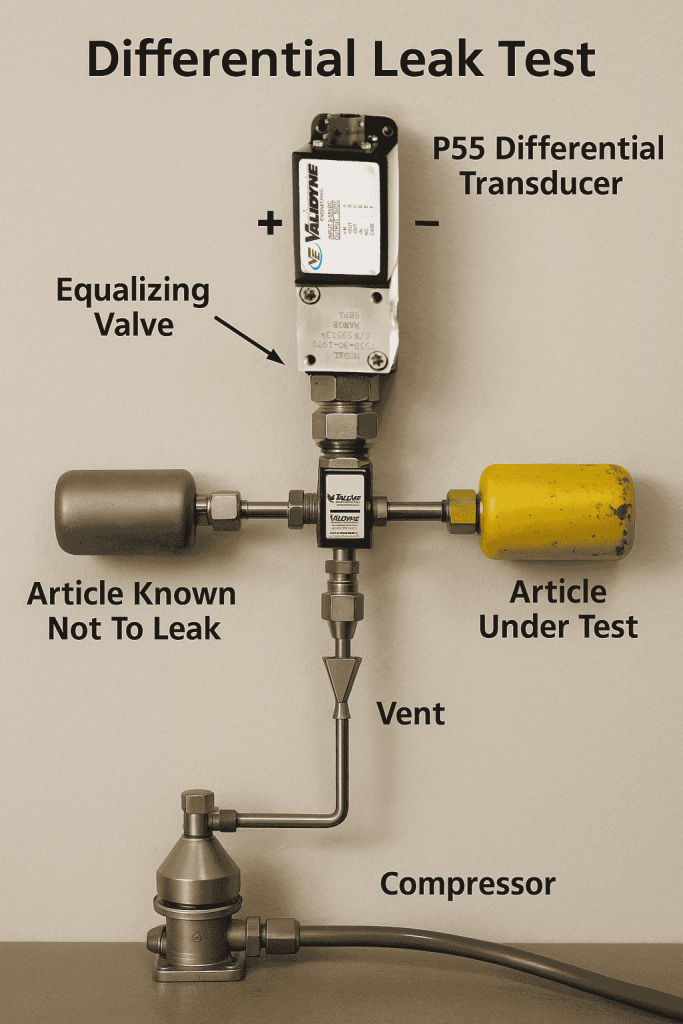
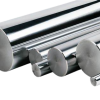
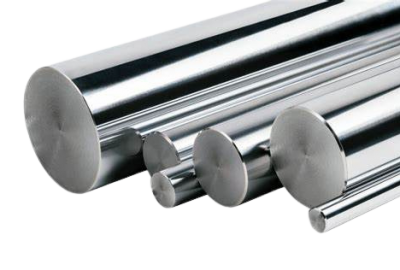


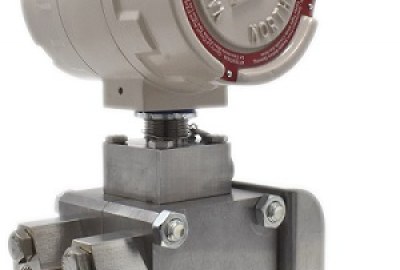
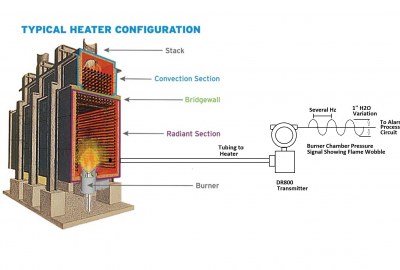
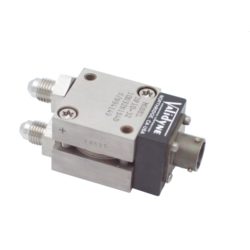
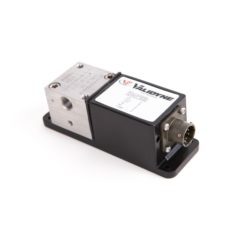
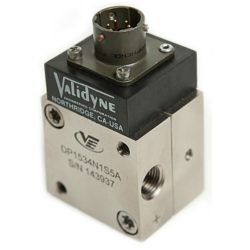
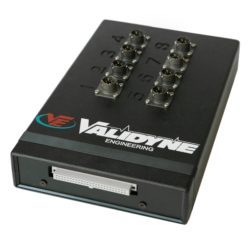
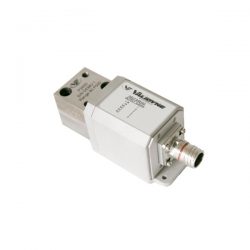
Leave a reply
You must be logged in to post a comment.